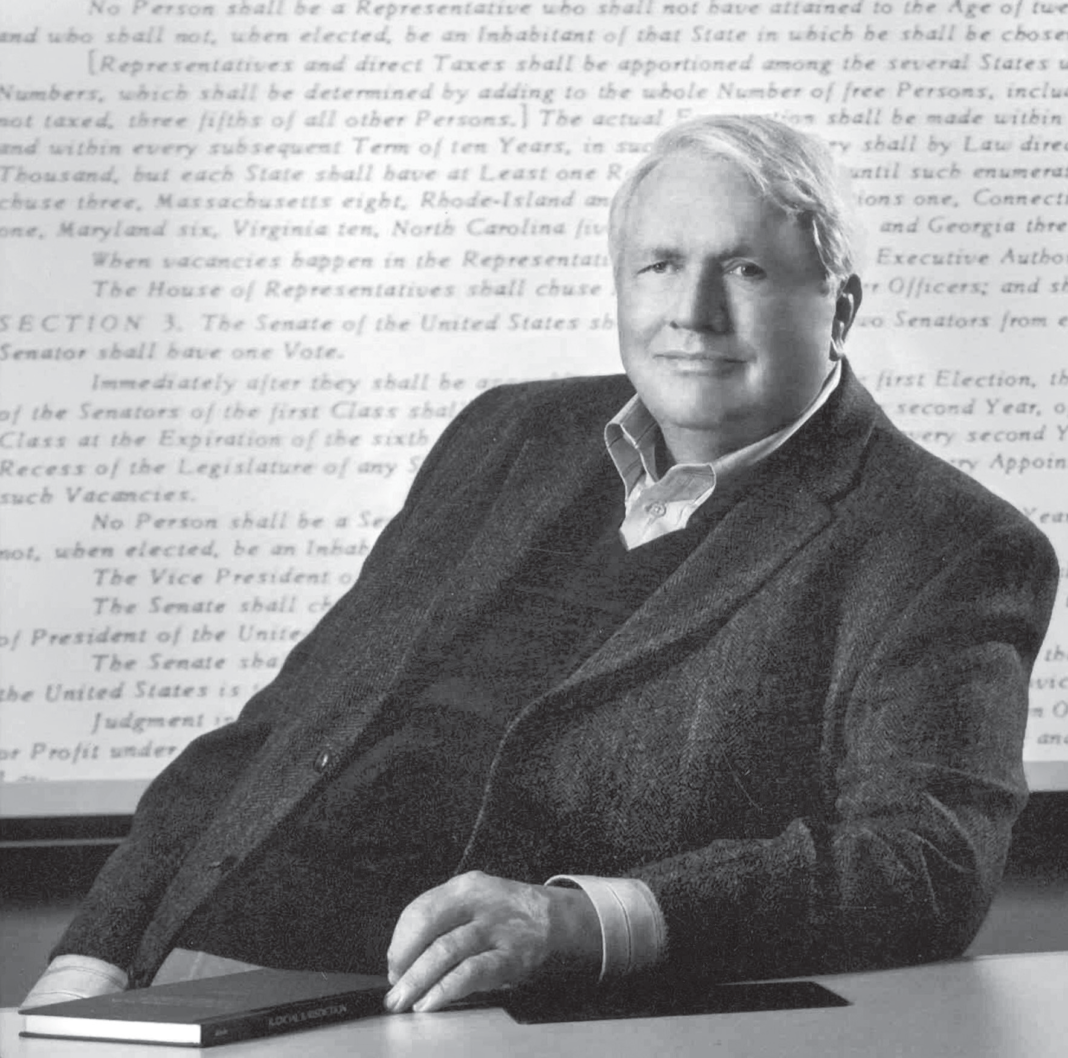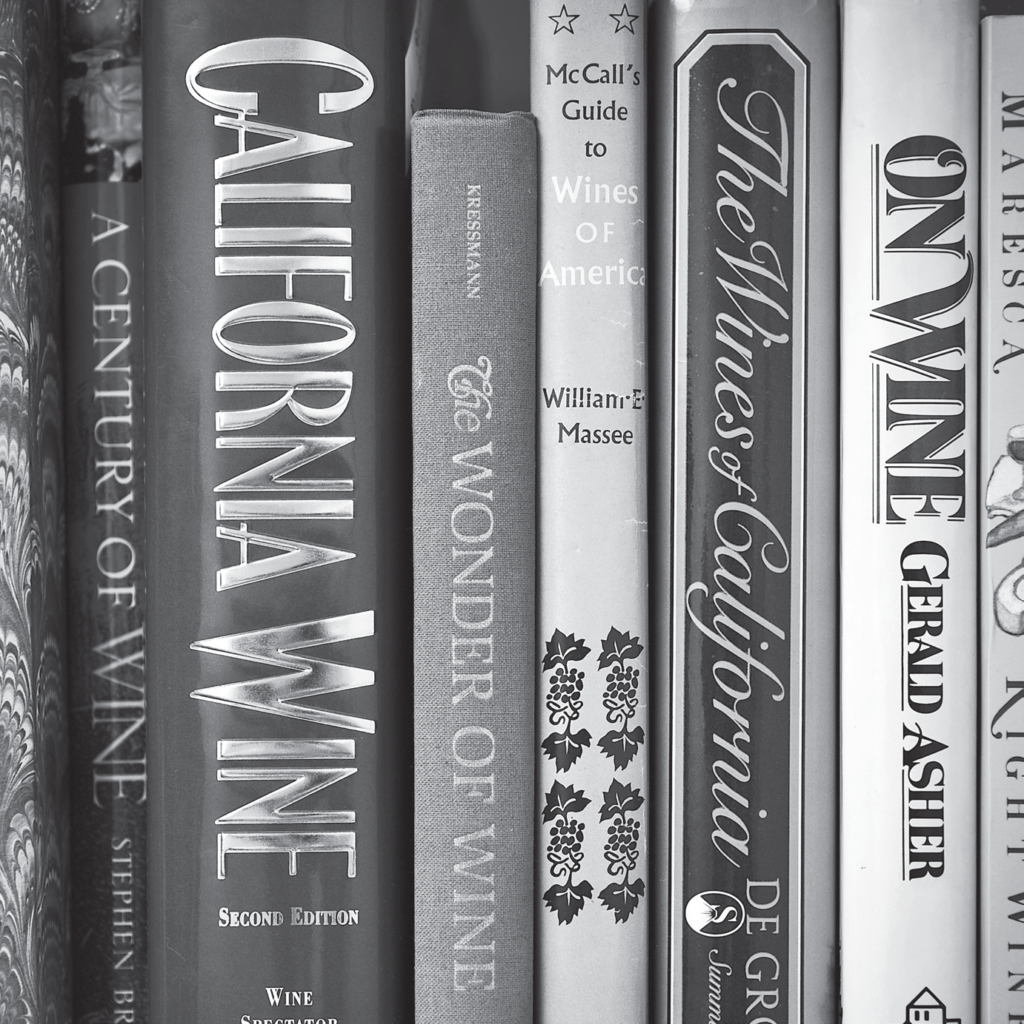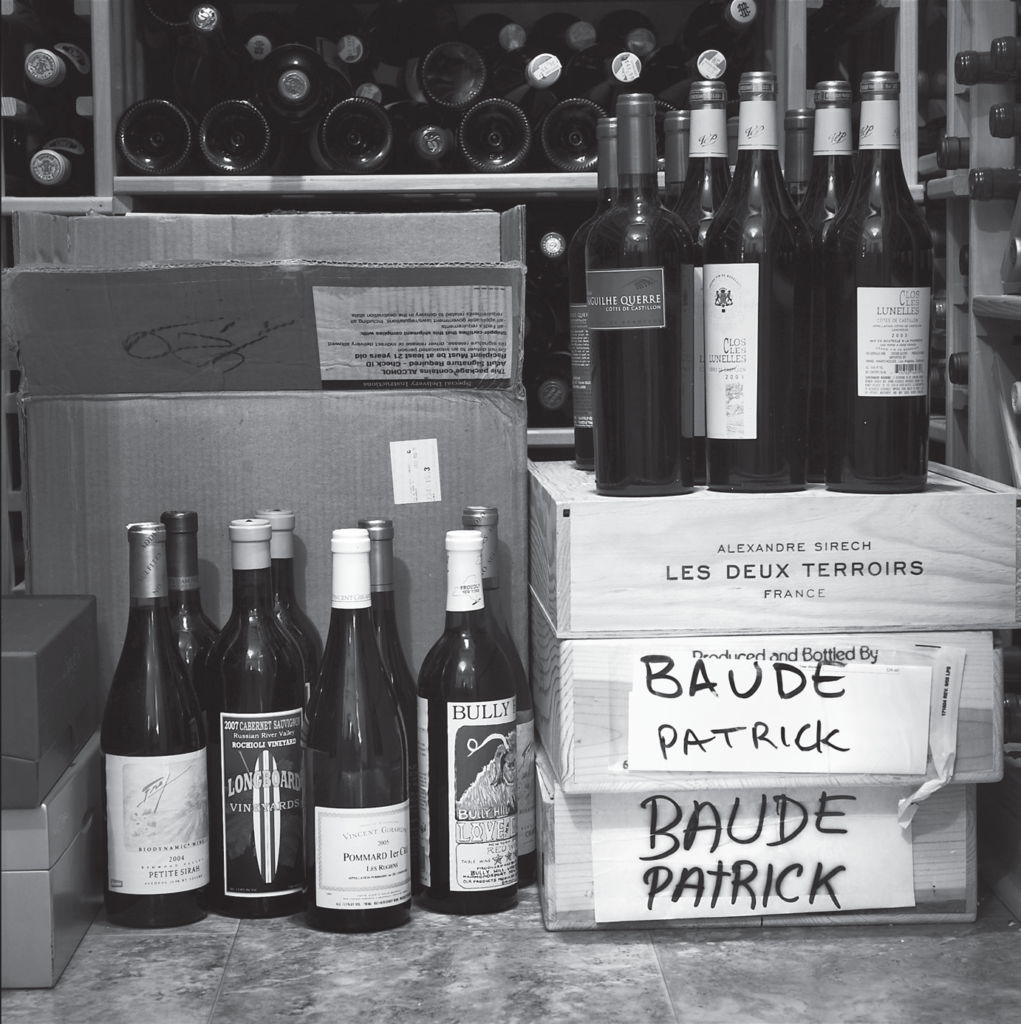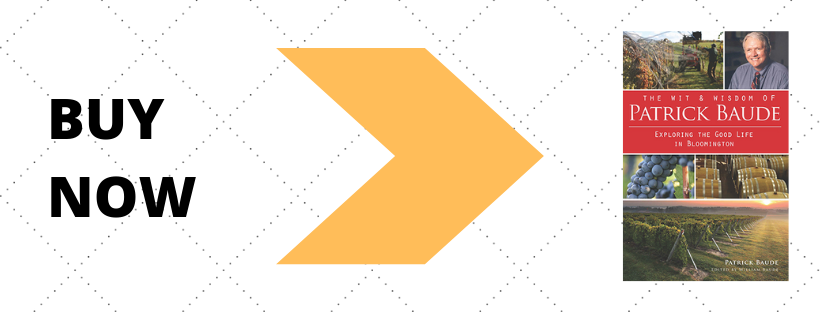
Patrick Baude was a beloved professor at Indiana University until his death in 2011. But he was also a wonderful writer, a wine columnist whose columns ended up covering far more than grapes and drinks.
He was funny and learned and humane, and Yesterday’s America is honored to reprint one of his final columns below, titled “Books about Wine Make Nice Gifts.”
One benefit of having a reputation as a wine lover is that you almost never get a necktie for Christmas. Still, we all have friends who simply refuse to believe that one can never have too much wine. These friends should at least be thinking of books about wine, which have the added benefit that they can be sent through the United States mail without sharing the proceeds with a mandatory state-licensed wholesaler.
There are two well-known favorites for those lucky enough not to have read them already. Don and Petie Kladstrup’s 2001 Wine & War (Broadway Books) tells the inside story of French wine under Nazi occupation. Allied intelligence, for example, had advance notice of Rommel’s campaign in Egypt because French producers secretly reported the destinations to which the Nazis shipped Champagne in anticipatory celebration. And Chateau Margaux successfully hid a Jewish family for most of the war.

Many of the exploits of the French resistance centered on the Burgundy house of Joseph Drouhin. Someone could be very happy to get a gift of the Kladstrups’ book and a bottle of one of Drouhin’s wines from Sahara Mart.
Kermit Lynch, one of the visionary wine importers who changed the scene for Americans, tells how that happened in his 1988 book, Adventures on the Wine Route (North Point Press). Give a friend this book and a bottle of wine imported by Lynch—and watch, you’ll see.
American wine has some tales too. The Norton grape, for example, first developed in Virginia during Thomas Jefferson’s lifetime, was the most planted wine grape in the eastern United States back when Missouri was what Napa is now. In 1873, at a famous tasting in Vienna, the Missouri Norton was judged one of the world’s great wines. It almost completely disappeared by the 1920s and is now showing up in small quantities in Virginia and the Midwest. Todd Kliman’s 2010 book, The Wild Vine (Clarkson Potter), recounts this story, which should charm anyone interested in wines from eastern America, especially if it is accompanied by a bottle of actual Norton from a visit to the French Lick Winery.
So far as American history itself goes, the big drinking story is of course Prohibition. Daniel Okrent’s Last Call: The Rise and Fall of Prohibition (Scribner) is a readable explanation that Prohibition was about feminism, religion, labor, immigration and taxation as much as alcohol. It should be required reading for any serious drinker, except that it is so readable that there’s no reason to require it. Pair it with a bottle of Indiana’s one artisanal gin, fittingly called Prohibition Gin, from Heartland Distillers.

And there are two new books exploring contemporary controversies in the world of wine appreciation. Matt Kramer, the gold standard for wine columnists, has a new collection of essays, Matt Kramer on Wine (Sterling Epicure). His work always shows, in his own words, that “wine writing can be more than a string of fruit-and-flower taste descriptors culminating in a slam-bam-thank-you-ma’am score.” And Terry Theise, a wine importer so charmingly erudite that his catalogues are sometimes resold after they expire, has published a spiritual inquiry into wine’s mystical power, Reading Between the Wines (University of California Press). Maybe you’ll love it. Maybe you will react as he reports one reader did to a catalogue: this is “pretentious new-age bullshit.” But reading it with one of Theise’s imported Mosels might enhance the life force.


